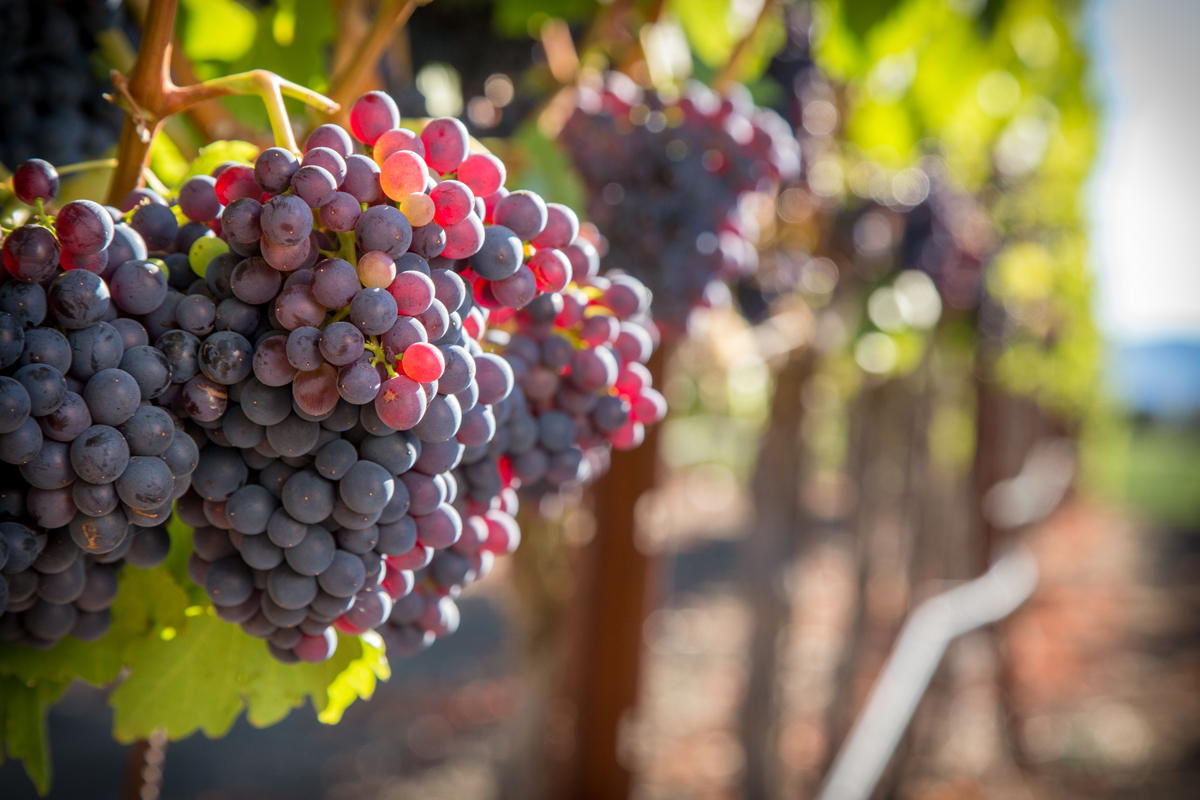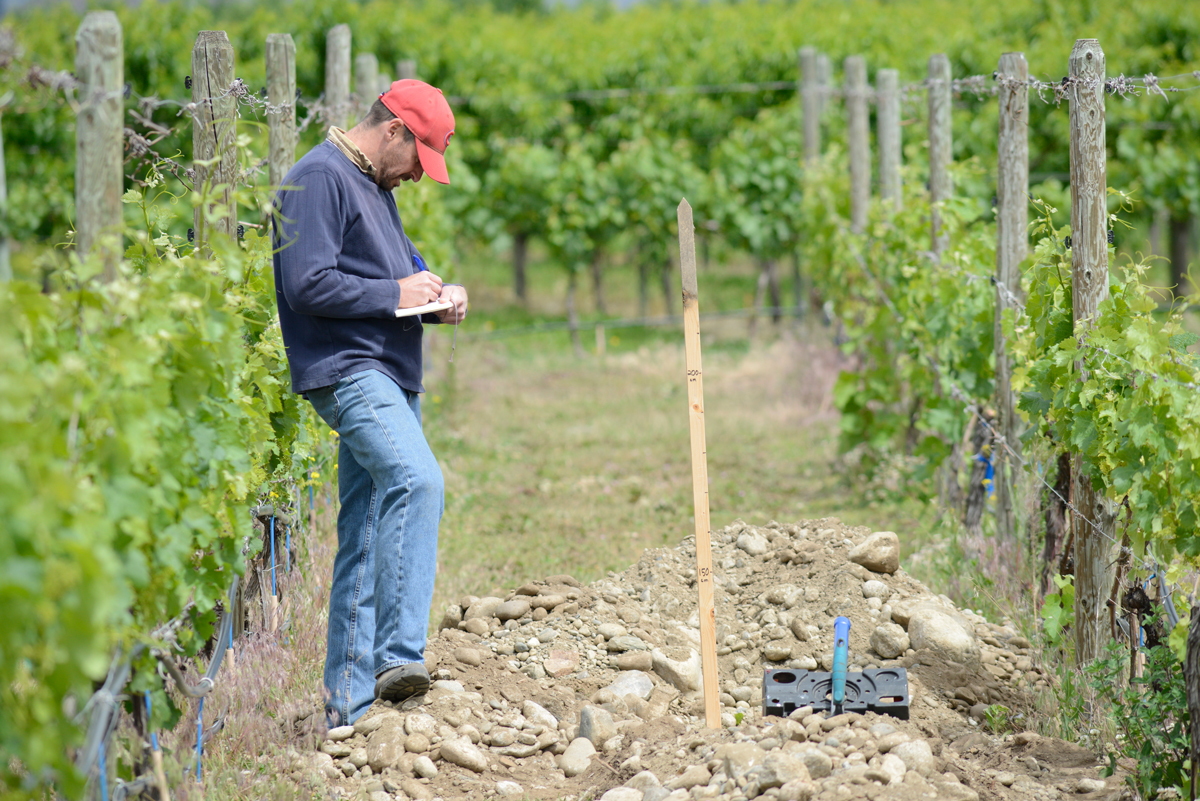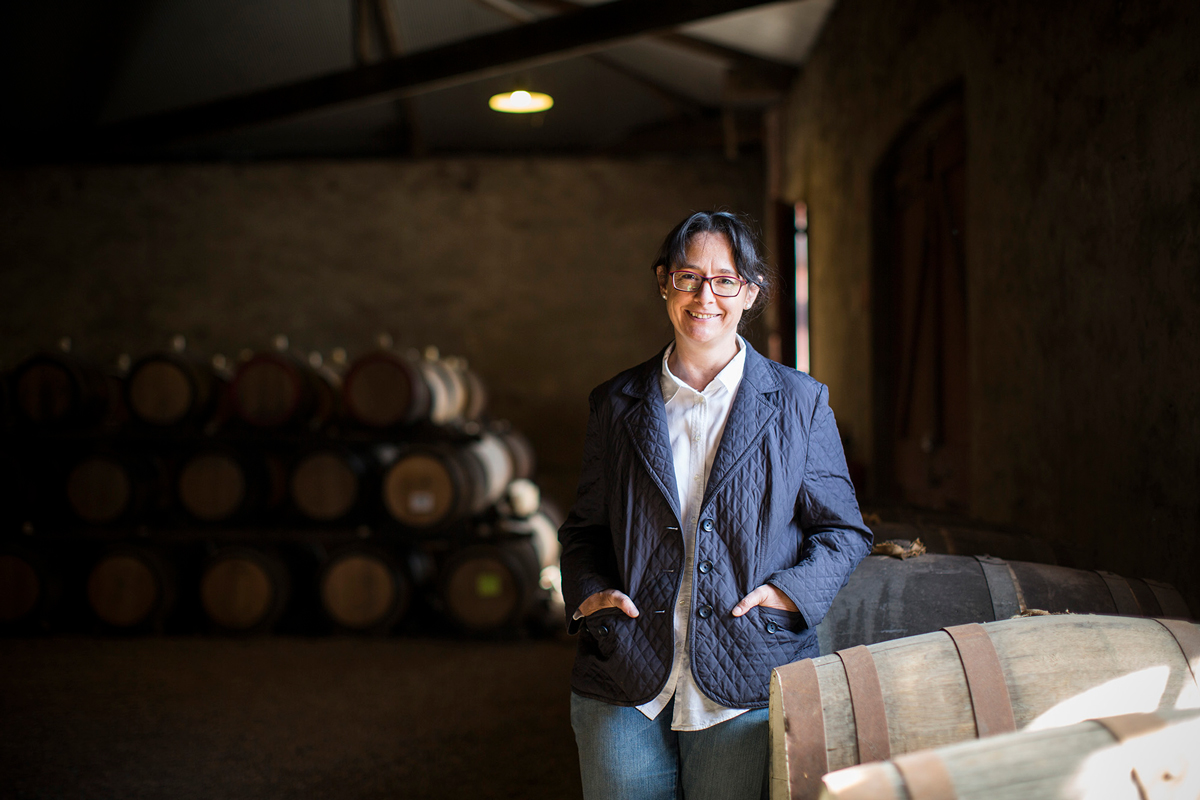
Wine Culture Magazine

Grenache is one of the world’s most popular grape varieties and for good reason: It makes delcious wine. Getty Images photo
There is something especially compelling about the expressiveness of Grenache. A variety ubiquitous to both Southern France and Spain, it’s also embraced elsewhere. In fact, it’s the seventh most planted grape variety in the world, but 97 per cent is rooted in Europe—primarily France—and North Africa.
Grenache—in this situation we are referring to red Grenache, known as Grenache Noir in France and Garnacha, Garnacha Tinta or Garnatxa in Spain—is a medium-bodied dark-skinned grape with light-coloured flesh. The wines are usually dry, but sometimes sweet, like those from Banyuls or Maury in Southern France’s Roussillon region.
While it’s believed to have originated in northern Spain more than 2,000 years ago, Grenache goes by many names depending on its location. For example, it’s known as Vernaccia Nera in parts of mainland Italy or Cannonau on the island of Sardinia, which also claims to be the birthplace of the variety. Lledoner Pelut in the Roussilllon and the more tannic, black-fleshed Garnacha Tintorera (a.k.a. Alicante Bouschet) are also members of the Grenache family.
There are white and grey (reddish-grey-skinned) versions as well—Grenache Blanc and Grenache Gris in France, or Garnacha Blanca and Garnacha Roja in Spain.
And while Grenache expresses itself differently depending on where it’s grown, we can all agree it’s one of the world’s most-enjoyed wines, blended or not. When blended, it’s usually partnered with Syrah and to some extent Mourvèdre (a.k.a. Monastrell or Mataro), Carignan and Cinsault.
We reached out to four winemakers around the globe to share their thoughts on this beloved grape.

Winemaker Michael Bartier, pictured in his Oliver-area vineyard, likes “the soft texture” of Grenache. Photo by Jon Adrian
British Columbia’s Michael Bartier of Bartier Bros. Vineyard & Winery has more than 30 years’ experience in the wine industry and has been growing and making Grenache wines since 2017 in the southern Okanagan Valley.
Bartier shares what he loves about Grenache: “The flavours and its soft texture. The ripe cherry and blackberry notes are so appealing.”
In Italy, 87 per cent of Grenache is grown on the island of Sardinia. Valentina Argiolas is the third generation involved in the family estate, which was established in 1938 in Serdiana. Argiolas says 27 per cent of the vine plantings on the island are Grenache/Cannonau.
“I love its versatility, from fresh rosés to wines capable of aging for decades. It produces soft, balanced wines with intense notes of morello cherry, red fruits and jam,” she says.
Meanwhile, Nathalie Bonhomme asserts: “Garnacha always delivers. She takes her space and place on the nose or the palate. For me she is the diva of Spanish grape varieties with her avalanche of red fruits.”
At the age of 20, the Quebec-born Bonhomme moved to London and then to Cape Town before settling in Spain. Bonhomme has built an impressive resumé of industry credentials, having worked with some of Spain’s most prestigious producers (including Dominio de Pingus) while establishing her own wine brand, Les Vins Bonhomme, more than 15 years ago.
El Petit Bonhomme wines are made in Jumilla, initially from high-altitude abandoned bush vine Garnacha vineyards co-planted with Montastrell. From their initial four hectares, they have cloned vines into 23 hectares. Bonhomme now lives between Spain and France’s Rhône Valley, where she and her husband André Tremblay make Grenache-infused wines at Domaine du Tix in Ventoux.

Nathalie Bonhomme, Quebec-born founder of El Petit Bonhomme wines from Spain, says, “Grenache always delivers.” Photo courtesy of El Petit Bonhomme
Where is Grenache best suited—and what about the climate crisis? The effect of drought and heat on vines is a timely topic with wine producers of all varieties worldwide. Where does Grenache fit into the puzzle? And where is it best suited to grow?
South Australia is home to perhaps the oldest Grenache vines in the world. Yalumba, Australia’s oldest family-owned winery, has a Grenache vineyard in the Barossa that was planted to bush vines in 1889. Chief winemaker Louisa Rose, who has been with Yalumba for more than three decades, explains.
“Grenache does well in a range of soils in the Barossa (and around the world), but what the sites have in common is the climate—dry warm summers with low humidity and lots of sunshine,” she says. “Old vines, particularly in this area, have roots that make the most of the deep and cool sands. After 130 years, with so much of the biomass of the vines underground, they are well buffered against the vagaries of day-to-day weather.”
Bonhomme adds: “Jumilla has always suffered from heat and drought, so Garnacha has adapted and frankly I think the world should study those regions where this survival mode is ‘normal mode.’ ”
“Cannonau is particularly sensitive to soil type and climate,” Argiolas weighs in. “To prevent this problem, in 2010 we started a biodiversity program. The aim was to select the best combination of clones and rootstocks to have plants capable of resisting heat and drought. We planted the first Cannonau vineyards using these combinations in 2020.”

Louisa Rose, chief winemaker at Yalumba in Australia’s Barossa Valley, notes that Grenache loves “dry warm summers with low humidity and lots of sunshine.” Photo courtesy of Yalumba
While we love Grenache’s unique fruity character, in reality, most of it is found in blends. Our winemakers ante up.
“For us, we need to blend it with Syrah to get the tannin structure,” Bartier says.
Argiolas also blends, usually adding a small percentage of the dark-skinned Sardinian variety Bovale and Carignan to the Cannonau.
Not so Rose, who chimes in, “It is so good on its own—why would you blend it?”
Bonhomme loves it both ways. “We blend in Jumilla as El Petit Bonhomme was made initially to see if we could make a Spanish Côtes du Rhone,” she says. “At Domaine du Tix, we made a cuvée in 2020 from 100 per cent Garnacha called Nata Grappa, and it became one of my favourite wines ever made.”

In Sardinia, Grenache is called Cannonau. Valentina Argiolas loves the grape for the soft, balanced wines her family estate, Argiolas, makes with it. Photo courtesy of Argiolas
“Because of its natural sweetness, especially a young Garnacha, I would pair it with spicy food and tomato dishes. Also, lamb chops and sausages and Spanish cured cheeses,” Bonhomme says.
Argiolas likes hers with medium-aged cheeses, red meat and Sardinian suckling pig.
But for Rose, anything goes with Grenache. “Slightly chilled in summer it pairs with seafood and salads, white or red meats, or spicy foods … it’s the red variety I would be happy pairing to any menu.”

Bartier Bros. Vineyard & Winery Grenache-Syrah 2021
(Black Sage Bench, B.C., $45)
Cherry, floral, anise; stylish; 61 per cent Grenache.

El Petit Bonhomme Tinto 2021
(Jumilla, Spain, $17.99)
Strawberry, licorice; fragrant, fresh; Monastrell, Garnacha, Syrah blend.

Yalumba “Tri-Centenary” Grenache 2019
(Barossa Valley, Australia, $85)
Juicy berries; profound, radiant; 130-year-old vines.

Argiolas “Costera” Cannonau di Sardegna 2020
(Sardinia, Italy, $32)
Cherry, licorice, espresso; spicy and savoury.

Daenna Van Mulligen is a sommelier, educator, keynote speaker and radio host who launched WineDiva.ca 15 years ago, and WineScores.ca soon after. She is also a regular contributor to TASTE, Vines and Montecristo magazines.

Daenna Van Mulligen is a sommelier, educator, keynote speaker and radio host who launched WineDiva.ca 15 years ago, and WineScores.ca soon after. She is also a regular contributor to TASTE, Vines and Montecristo magazines.
Copyright © 2025 - All Rights Reserved Vitis Magazine